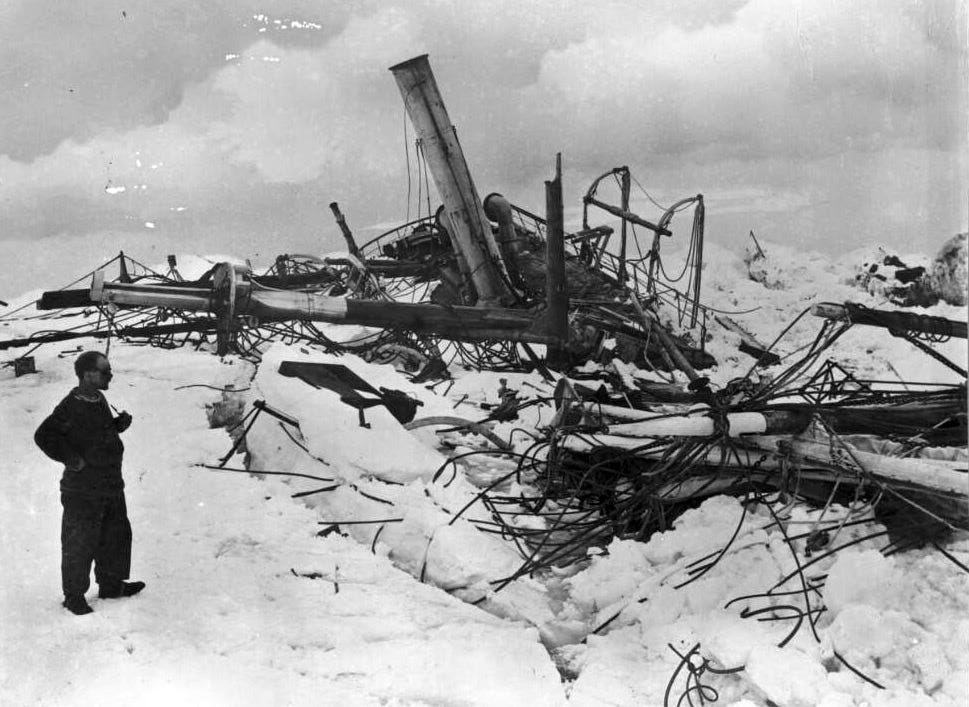A Bad Thing That Could Have Easily Happened Not That Long Ago, But Would Be Highly Unlikely To Occur Today
I recently heard the story of Ernest Shackleton, the famous explorer who got his big-ass sailboat Endurance stuck in a sheet of ice in Antarctica in the early 1900’s.
After his boat got stuck, Shackleton had assumed that he and his crew could wait for spring when the ice would melt and the boat would be freed up. Instead, the ice ended up crushing the entire ship and sending it to the bottom of the ocean.
So, for a year and a half, Shackleton and his crew were forced to camp on a floating sheet of ice and figure out how to get back to civilization.
All of the horrendous things you’d expect to happen in a situation like this happened: starvation, frostbite, killing and eating all of the animals they had on board (mostly dogs). They burned seal blubber for heat in an attempt to survive nights that dipped 92 degrees below zero.
Eventually, Shackleton and five of his men sailed 900 miles in a 20-foot lifeboat towards where they believed the nearest inhabited island was. After battling 20-foot seas for weeks, they found the island and hiked for three days to find the island's single whaling outpost.
Months later, they were able to return and rescue the crew they had left behind.
Today, a situation this bleak is hard to imagine. We've charted most of the world and are less likely to be taken by surprise by environmental conditions. We can manufacture boats capable of powering through the ice. Our communication networks are far more pervasive and redundant.
We've learned from centuries of trial and error and have incorporated those lessons into our tools and our common sense, making us far safer and far more capable than any time in history.
Those of us alive today are the lucky recipients of a world where a nightmare like Shackleton's seems like just that: a bad dream.


